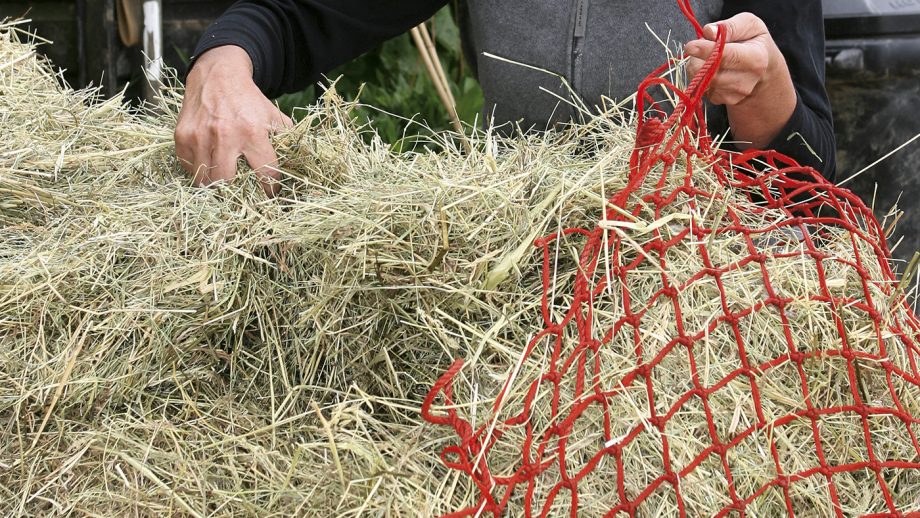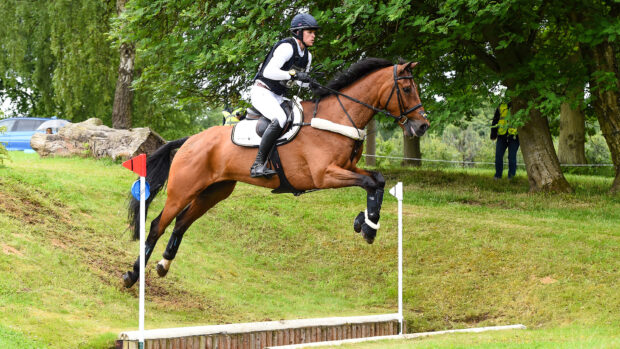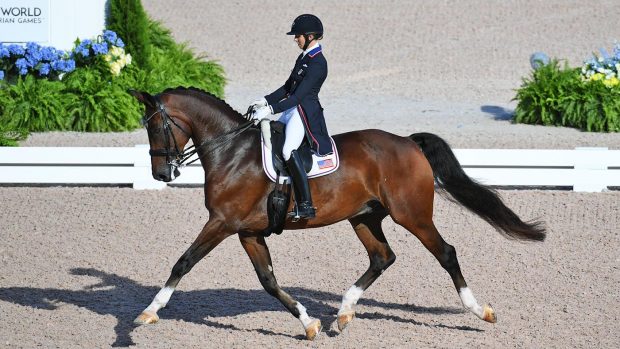Contaminated hay was the cause of two horses testing positive for a banned substance at a show in Spain, an FEI tribunal has ruled.
For Fun, ridden by Finland’s Ville Peltokoski, and Famorku, ridden by Slovenia’s Gaj Riossa, tested positive for synephrine at the Carmona CSI2* in February.
Synephrine, a stimulant, occurs naturally in plants in some countries and in humans is most commonly used in weight loss as an appetite suppressant. It causes vasorestriction and increases heart rate.
While on the FEI’s banned list, it is recognised as a “specified substance” — one which can be present in natural sources and therefore permits extra flexibility when there is a positive finding.
The riders were found not to be responsible for the drug entering their horses’ systems and did not face sanctions — which for a banned substance can mean a suspension of up to two years. In keeping with FEI rules, the riders still had to forfeit all results and prize money from the event and had to cover their own legal costs.
The decision follows a spate of 10 positive tests for the same drug in South America earlier this year, which led the FEI to issue a warning to riders urging them to be “vigilant” over feed supplies.
Continued below…

Riders urged to be vigilant after spate of positive dope tests

Carl Hester: Is this Russian roulette for riders? *H&H VIP*
H&H’s dressage columnist reflects on anti-doping protocols that can be hard to abide by

Subscribe to Horse & Hound magazine today – and enjoy unlimited website access all year round
In the cases of both For Fun and Famorku, the FEI reached an agreement with the riders, acknowledging that the contaminated hay had been supplied by the organisers of the event, Sevilla Horse Tour (SHOT).
Both Mr Peltokokski and Mr Riossa were able to prove they had purchased the forage which was found to be teff hay — a type highlighted by the FEI in their May warning letter as a potential source of synephrine contamination.
Following three positive cases on the Spanish tour, the FEI said it had written to the organiser on its “own initiative” to request a sample.
SHOT responded to say there were several remaining bales from the same supplier which were sent for testing at LGC Newmarket Road Laboratory in Cambridge. Screening tests indicated the possible presence of synephrine.
For all the latest news analysis, competition reports, interviews, features and much more, don’t miss Horse & Hound magazine, on sale every Thursday.




